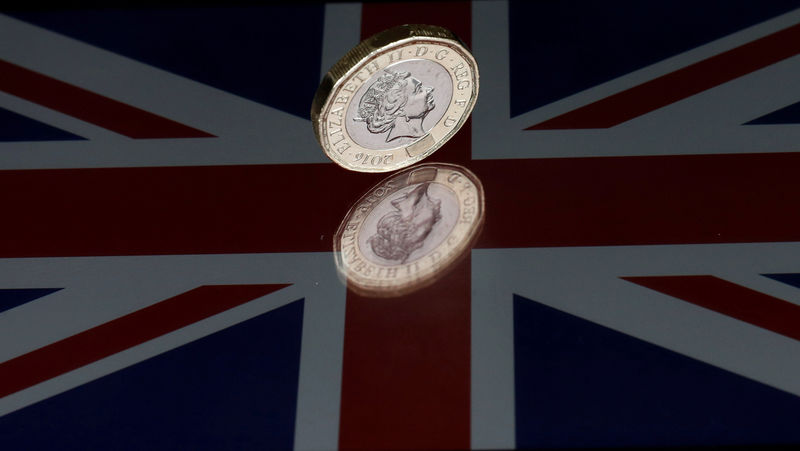Investing.com - The pound was mixed on Wednesday afternoon following the Autumn Budget statement, which pledged higher borrowing and cut growth forecasts.
At 14:10, GBP/USD stabilised to 1.3268, edging up 0.20% on the previous session’s close.
With slowing growth, high inflation, shrinking real wages and the uncertainty surrounding Brexit negotiations, the UK Chancellor had his work cut out for him to deliver a budget that would keep voters, and his own party, happy.
Cable fell to day lows during the Autumn Budget announcement in the House of Commons as Chancellor of the Exchequer Philip Hammond revised UK growth forecasts down. At 13:00 GMT cable sat at 1.3217.
The Office for Budget Responsibility (OBR) revised growth, productivity and business investment downwards.
Hammond noted that for the previous fifteen fiscal announcements, productivity had been forecast at 2%. However, in the 2017 Autumn Budget statement, the Chancellor stated that this had now been revised downward.
The GDP forecasts for the UK in 2017 was revised to 1.5%, down from 2% forecast in March’s spring budget. 2018 growth was revised to 1.4%, with 2019 and 2020 dipping to 1.3% before picking up to 1.5% in 2021 and 1.6% in 2022.
The rate of borrowing would peak in 2017 and then continue to fall, reaching 1.1% by 2022, the first sustained decline in debt for 17 years. The borrowing forecast was revised down by £8.4bn to £49.9bn. However, the OBR expects Britain would borrow more in the coming years.
The OBR predicted that a further 600,000 people would be in work by 2022.
The Chancellor also set aside £3bn for Brexit contingency planning, Hammond noted that Brexit talks were at a critical point, to assuage fears from his pro-Brexit party colleagues that he is committed to the best Brexit deal for the UK.
Stamp duty was cut for first time buyer of property up to £300,000, while a further £500m was set aside for investment in a range of initiatives such as nation-wide availability of 5G and fibre optic broadband. Spending would also go towards electric and driverless cars and artificial intelligence.
In April 2018, the government will switch RPI to CPI indexation of business rates, two years earlier than planned, saving businesses £2.3bn.
The U.S. dollar index, which measures the greenback’s strength against a trade-weighted basket of six major currencies, was down 0.24% at 93.66 following lower than expected core durable goods numbers. Month-over-month core durable goods increased 0.4%, lower than the 0.5% consensus figure.
As the House of Commons reacted to the budget, EUR/GBP was flat at 0.8863. EUR/USD was up 0.19% to 1.1760.
Against the safe haven currencies, the budget did little to influence the currency pairs. Down 0.33%, GBP/JPY was 148.42. GBP/CHF was down 0.23% to 1.3097.
GBP/AUD edged up 0.11% to 1.7494, slightly lower than pre-budget level of 1.7506.
GBP/NZD was unchanged at 1.9385.
GBP/CAD recovered losses to sit at 1.6005, down just 0.11%, compared to pre-budget level of 1.6879.
Investors will be watching the release of minutes from November's FOMC meeting. Thursday will see a quiet day for markets as the US is closed for Thanksgiving.
